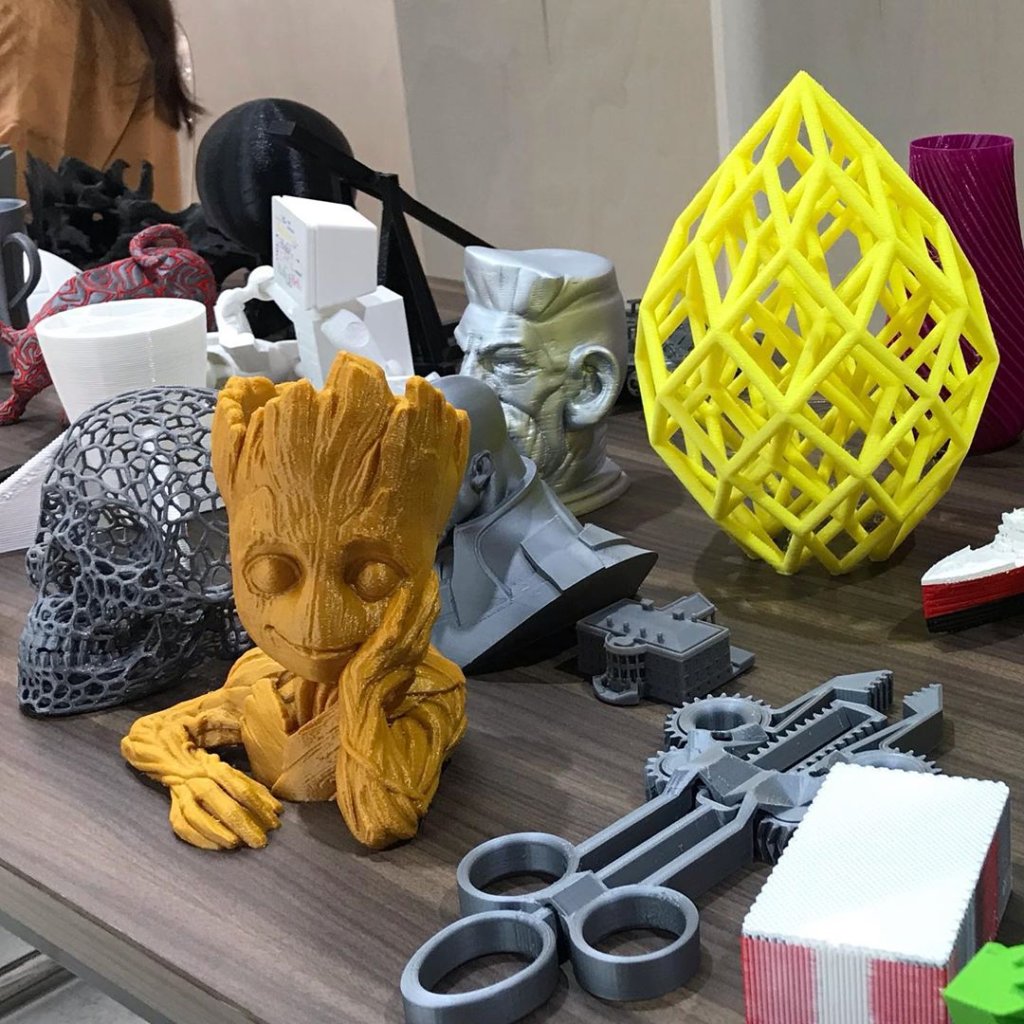Thermoplastics
Thermoplastics
If your part requires strength, rigidity, or high-temperature tolerance, then thermoplastics are a great option to fabricate your production component or prototype. Thermoplastic composites are staples in Additive Manufacturing (AM). Their use is widespread and accounts for the largest volume of 3D printed materials. Accessible property ranges of current material formulations are limited, and thus there is high interest in extending AM to high-performance engineering polymers and nanocomposites that have yet to gain wide commercial acceptance in AM. Current applications of high-performance thermoplastic polymers are limited to adaptations from conventional plastics processing such as injection molding, thermoforming, extrusion, and others. Thermoplastic composites can be categorized into particle-, fiber-, and nanomaterial-based composites as well as polymer blends. The importance of these different composite systems to AM is discussed in this review. Also reviewed are trends in instrument development such as in-nozzle impregnation, dual print heads, and higher temperature FDM that improve the printing of thermoplastic composites. An overview of newer types of AM techniques allowing higher filler loading for thermoplastic composites like liquid deposition modeling (LDM) sometimes known as direct ink writing (DIW) is discussed. Finally, a perspective is given on the important parameters and standards needed to make AM printed objects from polymer composites more effective in cost/performance ratio.

PLA
Short for polylactic acid, PLA is a bio-plastic derived from plants-based resources. It is the staple of many 3D printing requirements and comes in a wide range of colors and finishes. It is easy to print with and low warp which is ideal for general prototyping.
ABS
Abs is a common 3D printer filament, famous for its strength. It is a strong and sturdy oil-based plastic material. Filamentive ABS has high impact strength and minimal warping. It can withstand a printing temperature of 70 degrees Celsius.
PETG
PETG is an FDA and industrial approved filament and is ideal for printing tools and parts associated with Food Consumption. It is easy to print and can withstand a temperature of up to 50 and the material also benefits from great thermal characteristics, allowing the plastic to cool efficiently with almost no warpage.
FLEXI
Flexi filament is made from a specially formulated thermoplastic polyurethane also known as TPU. The print result is uniquely flexible. Flexi Filament has various applications in prosthetics, realistic organ prototypes and industrial manufacturing.





